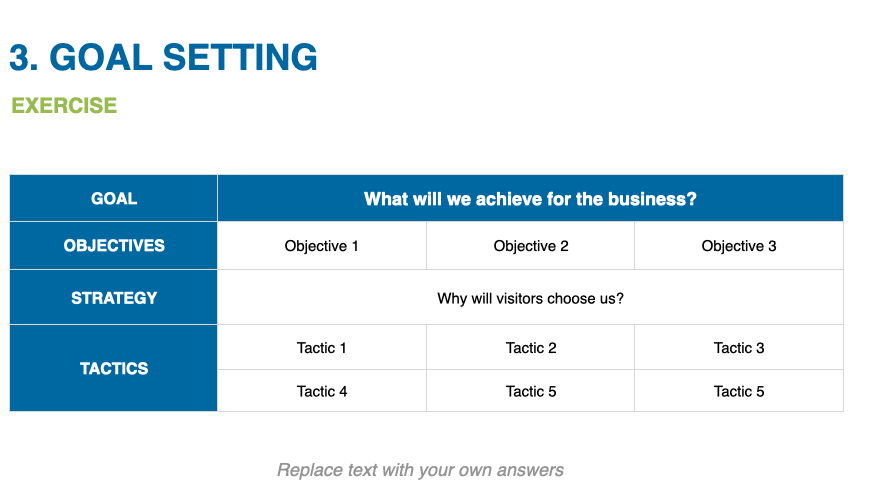The Evolution of Digital-First Learning

Have you tried an online course to learn a new skill or add a new certification to your resume? How did that go? If you’re like the majority of people, you started with a lot of enthusiasm and then got distracted somewhere along the way.
Today, online training is more prevalent and varied than ever, but very few programs are built for the way we learn best, which results in a lot of wasted time, money, and opportunity.
I’m sharing a quick story here for two reasons:
- I’m proud of what we’ve accomplished
- To help you make the most of the online education that’s out there
Junction has been leading training in various forms for the better part of a decade. We’ve always loved doing it, and we got really good at building engaging, valuable, in-person sessions (our NPS averaged around 85-90). Then, the pandemic hit. While we had delivered some online learning before 2020, it hadn’t been a core focus. So we set began adapting our workshops to a digital format, making adjustments along the way.
The response to our online offerings has been awesome – we’ve had thousands of people run through various formats, and our learner success rates have consistently come in around 3x greater than the industry average. But something still didn’t feel right to us. Despite the fact that so many more people were engaging, completing, and submitting great work, it still felt like we were trying to cram content into live sessions, and having to work to keep people’s attention.
That’s when a realization struck us that seems so obvious that I don’t know why I didn’t think of it earlier: Online and offline learning behaviours are fundamentally different, but most online courses are just adaptations of offline curriculum.
Armed with that insight, we dug into piles of data and research in order to rebuild the way we train to match the new digital-first reality. The result? Our learner success rate went from 3x industry average to over 5x. We’re now seeing completion rates similar to that of an IRL workshop, and NPS results that match what we used to see from a room filled with enthusiastic, engaged learners.

The online medium may never be able to match that in-person energy, and we’re looking forward to getting back into training rooms with people, but digital gives us certain tools that offline never will. Here are a few specific lessons we’ve learned that can be applied to any form of digital-first training:
1. No more long, live lectures
The #1 way to lose people is to book a 2-hour Zoom lecture. As educators, that’s how we’ve learned to pass on knowledge, but rather than fight against the way that people consume content online, we can use that to our advantage.
Consider Netflix – how often do you carve out 2+ hours to sit through an entire feature-length movie? That feel s like an eternity, right? And yet, how often do you binge-watch a bunch of 30 minute episodes of your favourite show?
Embrace digital behaviours your content by making it both easy to digest, and binge-able. Cut it up into convenient chunks (we’ve found 15-20 minutes works well), and let people consume when/where is best for them.

All of the content in our Digital Leadership Training program was available on-demand, and sessions ranged between 15-25 minutes each.
2. Live collaboration
One of the most reported reasons that people abandon online learning is the lack of accountability. No amount of to-do list apps can make up for the energy and motivation that we get from a group of our peers counting on us.
In order to bring that accountability into the digital format, without overloading people’s schedules, use live group exercises, breakout rooms, and other interactive tools for short, high-energy sessions that keep learners on track.
The result is people end up with small but meaningful bursts of energy in their calendars that keep them progressing through their training.

Each week we held a collaborative working session where every student in the course could work together to complete their assignment for the week. These sessions were hosted by the instructor, who guided students through the process of completing the tasks for the week.
3. Micro-exercises with micro-feedback
Another place where the on-demand format just can’t compare with traditional learning is the feedback that learners get from the experts that they’re learning from. However, technology actually makes is easier to provide quick, actionable input, and it makes it easier to create touchpoints with even the most introverted participants.
Most learning management systems provide an array of tools, from quizzes to Q&A, forums to file uploads. Learners should receive at least one opportunity to try each lessons for themselves, and receive quick, direct feedback.

Each week learners were given a brief but meaningful assignment to be completed in order to finish their certification.
4. Keep in touch
Many people say that the thing they miss most about in-person training is the coffee station. Despite the lukewarm, grey beverage that we all pretended tastes like coffee, the experience of interacting with folks in our industry who are on a similar path to our own oftentimes led to some of the most meaningful breakthroughs, and produced some of the best ideas.
We can scale that benefit using digital tools – Slack groups, forums, Facebook Groups, and many other tools exist to keep the conversation going throughout the training. Educators may create formal working teams, or more informal support groups, but simply the act of giving people the space to compare notes in private creates far more sharing and more meaningful connections than would typically happen in a large group.

Thinkific, the Learning Management software we used for the Leadership Training course, features a Discussion section on every lesson, where learners can communicate with each other, and with their course instructor.
5. Everyone loves a gold star
I don’t care if you’re a first year University student or a seasoned executive, you get a little jolt of pride every time you receive recognition for a job well done.
And, while we can’t physically place stickers on people’s work, tools exist to give us all sorts of options for private badges, public leaderboards, and certificates that people can share to their Linkedin.
Providing lots of small but meaningful points of recognition along the way gives people something to work towards today, even though it may still feel like there’s a mountain to climb before the full course is completed.

Learners received a certificate of completion after submitting their final assignment.
Most importantly, whether you’re looking for online learning for yourself, or developing training for your team, always ask yourself: Is this built to match the way that people actually behave online?
While the education industry as a whole may not have caught up, there are some amazing examples that are leading the way for digital-first training. Here are just a few:
-
Harvard’s CS50 — Computer Science
-
MasterClass — General areas of interest
-
Rosetta Stone — Language learning
-
Section 4 — MBA-style business education
-
OpenQuest — Web3 learn by doing (and earning)


